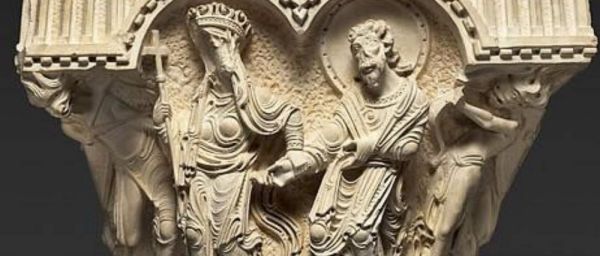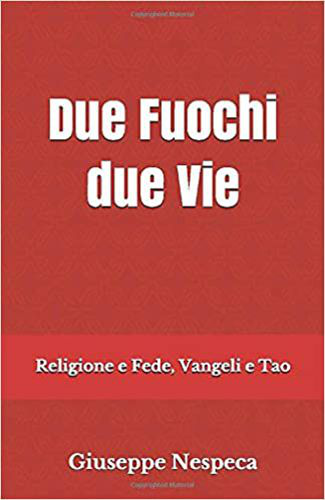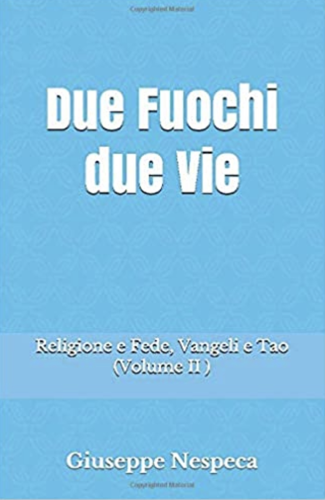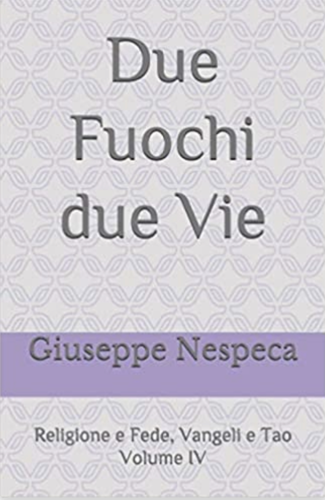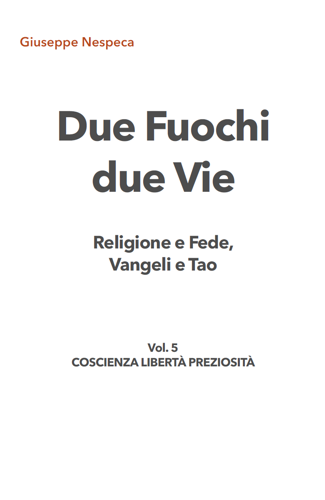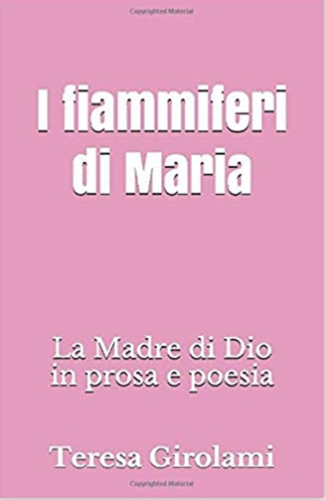Adulterous ‘church’, accused Jesus
(Jn 8:1-11)
What about an ancient codex of the Gospels with a torn 'page'?
Husbands did not want women to have a license of immunity from the Lord himself: God's action baffles.
But how does the Lord deal with those who have made mistakes in life? Or with people of a different cultural background [e.g.] from the West?
Can they be admitted to a direct relationship with Jesus, or must they undergo a long rigmarole of doctrinal and moralistic x-rays?
Christ proceeds without enquiries or accusatory penitential tares.
He only puts people and heterogeneous groups back on their feet - albeit all humiliated and mocked souls by the veterans of the post-war (who secretly concede everything).
He imposes - and chisels - Justice where it has been transgressed, at least in our conventional opinion.
The only solution and judgement is that for the Good that is reliable and convincing.
In Ephesus, bishop Polycrates had had to clash with the intransigents on the issue of the readmission into the community of the lapsi ['slipped' in the confession of faith, under blackmail] or of those who had 'surrendered' the sacred books (traditores) because intimidated by threats of persecution.
The bishop of Rome, Sotère, had taken a position in favour of the rigorists. But as the Apostolic Constitutions testify, the more sympathetic ones referred explicitly to the episode of the adulteress, bearing in mind that God's action is a creative act that recomposes - not a gesture of hasty punishment.
Having disappeared from the Gospel according to Lk (cf. 21:38), the Gospel pearl was recovered by Jn (8:1-11).
Still St. Augustine complained that the passage was excluded by leaders of some communities.
But overcoming petty moralisms, the pericope has significant theological weight.
In religions, the idea of divine justice is identical, because it is in harmony with the concept of common justice: unicuique Jus suum.
On all ancient Egyptian sarcophagi is reproduced the scene of the scales with two plates in perfect balance: on one the feather symbol of Maat goddess of wisdom; on the other the heart of the deceased, who is led by the hand by the god Anubis.
On the weighing depends the future happiness or ruin of the one being judged.
The Qur'an attributes to God the splendid title of 'Best of those who forgive'; yet even in Islam, the Day of Judgement is the moment of separation between the righteous and the wicked - the one ushered into paradise, the other cast into hell.
The rabbis of Jesus' time held that Mercy intervened at the moment of reckoning: it prevailed only when good and evil deeds were equal.
The adulterer and adulteress were to be put to death (Deut 22:22-24): how come the male escaped?
In many Bible passages, the 'woman' is a collective parable - here evoked for a catechesis against the traditionalist prosecutors who were also coming forward in the early communities.
The trouble with moral courts is that too many protagonists seem more inclined to condemn 'symbols' than to get to the bottom of matters.
Despite the strict penitential practices of the early centuries and the controversy between laxists and strictists, the gemstone recovered and previously removed from many manuscripts reiterates the incriminating phrase: 'I do not condemn you'!
And it even portrays a Jesus who does not ask beforehand whether the woman was repentant or not!
Shocking episode? No, because this is theology, not news reporting.
Every day at sunrise the people from the Mount of Olives contemplating the Temple recited the Shemàh, and so did Jesus.
Like many, he spent the nights in a cave, in the open air (Lk 21:37-38; Jn 8:1-2), then went to the Temple to teach.
Another "Day" begins.
The confrontation with the sinner who represents us, begins a new 'dawn' - on the Face of God.
What sentence does the Lord pronounce in his House [Church]?
We are not told what Jesus was teaching, for he himself is 'the' Word, the Teaching.
Every gesture tells how the Father relates to the one who has strayed, or comes from an uncertain background.
He helps the lost son to recover, and says [in short]: 'I do not condemn you, but stop hurting yourself'.
Jesus crosses the bridge-viaduct over the Cedron valley and enters the temple esplanade through the Golden Gate.
There he finds hearts firm to the retributive justice of Sinai, that of the cold stone tablets.
Justice of the scribes and Pharisees of the vice squad who - pressing - were standing over him [so the Greek text].
Justice of scales and synhedrums? No, Benevolence that makes the wicked righteous, that makes pure those who draw near - those from multiform paganism, considered theological adulterers.'Justice is done' for us means that the guilty are straightened out, punished and separated from the unrighteous.
God, on the other hand, makes righteous the once unrighteous. He precisely retrieves the wretch from the abyss, and gives him breath.
[Perhaps the woman is a symbolic image of a subordinate primitive community, coming to Faith but with mixed cultural origins and uncertain practices, judged to be tumultuously free].
Forgiveness is not a defeat, nor a surrender. After all, there is no shortage of those who shield themselves with laws to annoy and hide behind screens.
In short: the real defendant of the pericope is the Son and his idea of Justice!
Hence the Finger on the ground: resting on the stone slabs of the Jerusalem temple esplanade.
A very serious accusation against the spiritual guides of official religiosity and all those who, having become leaders of the first Christian realities, immediately intended to replicate their hypocrisies.
Inebriated by the rank of leaders and censors, they too manifested that they had remained in the Sinaitic, stone age.
An age of old supponents devoid of the heart of flesh, estranged from the warmth of the divine Spirit.
Indeed, not a few manuscripts from the early centuries show the obsessive communitarian attachment to a rigid ethical discipline.
There was a risk of a return to the ideology of the 'best': a ruthless and gabellant, icy and judgmental, chastising school; confusing about the passions - that of the 'chosen' and 'whole'.
Acolytes proponents of death; corpses incapable of fiery desire, of explicit passion; because - at least in façade - calibrated to room temperature.
Instead, throughout the scene Jesus remains crouched on the ground!
He even stands in relation to the adulteress looking up at her from below (cf. Greek text)!
He remains subjected even to the adulteress, the icon precisely of an uncertain or 'lesser' church - which gathers together the formerly distant free ones. The same ones who now approach the threshold of the fraternities with a past and perhaps questionable moral baggage.
In short, every demand for mercy is authentic even when it remains only implicit - and in any case Christ relates to each one of us without looming!
In the life of Faith, God stands beneath us, and so do those who authentically represent Him.
The Eternal One is not a legislator, nor a weigher, nor a plaintiff - not even a notary judge who passes sentence at once.
In this way and 'lapidary' tone, Pope Francis has repeatedly said:
"I prefer a Church that is bumpy, wounded and dirty from being out on the streets, rather than a Church that is sick from being closed and comfortable clinging to its own security. I consider missteps less serious than not moving at all!".
The difference between Faith's approach and the assessments of mundane religiosity? The qualitative leap between Finger on the Plate and Looking at People.
To internalise and live the message:
In what situations have you considered, "Justice is done"?
On what occasions have you experienced divine Judgement as understanding and grace?



